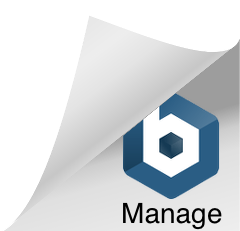The other week I came across an RSA Premium challenge titled, Valuing Your Talent. RSA Premium is an organization that pioneered the open innovation prize challenge for social and industrial problems. The challenge title definitely caught my attention. I was further intrigued when I noticed that CIMA, an accounting profession membership organization, and CIPD, an HR profession membership organization, are both collaborators in this challenge. According to the RSA Premium website, their objective is to “improve employees skills and business performance by improving the way organisations measure and invest in their human capital.”
This RSA challenge is bringing together thought leaders who are curious about and/or have experience in valuing humans in organizations. The current task is to review the already created VyT Framework (Human Capital framework) and comment on how it can be implemented or improved upon to guide organizations in their Human Capital management.
Because we are in the midst of a knowledge economy driven by people, this is a timely and much needed discussion to have across organizations and industries. After contemplating this challenge further, I wonder if a bigger shift within organizations needs to occur first, or at least simultaneously, to create a foundation for which human value can be truly realized and created.
What if organizations were built around humans versus trying to fit humans into organizations?
Building Organizations Around Individuals
An essential first step is a foundation of understanding the actual individual humans that make up each organization. No two people are alike. What drives, motivates, engages, develops, supports each person will be different as well. Of course there likely will be some commonalities and basic level needs. Overall, what Jane needs and wants to be innovative, loyal, agile and trusting is different than what Joe needs and wants.
One way organizations can start to do this is by connecting and/or matching employee’s individual purpose – why they exist – to a project or position or to the overall company purpose. The company’s purpose, of course needs to be more meaningful than just making profits.
“Individual sense of purpose begins with leaders and managers so that they
are then prepared to support and develop the individual employee’s sense
of purpose. Then all individuals are able to better connect the organization’s
purpose through their own.”
Other potential ways include, individualizing well-being, learning and other programs within the organization. As well as utilizing unique performance management based on each individual’s skills, talents and goals. I’m sure there are a variety of ways that would contribute to a human-first approach as well.
And End With the Individual
I would argue, if organizations and leaders do not understand their employees first – plus help these individuals understand themselves better – how can they know what to value, how to value it and why they are valuing it? Do they know whether or not this makes a difference to the viability of both the person and the overall organization? There are handful of personal and manager led assessments, tools and frameworks available that attempt to help one understand where and how they ‘fit,’ such as Derr’s careerist framework recently discussed in this HBR article. These can help to shed some light on individual preferences and values as well as the potential value they can create within an organization. But, the easiest and probably most accurate way is to just ask. And ask again and again as each individual grows and changes over time.


